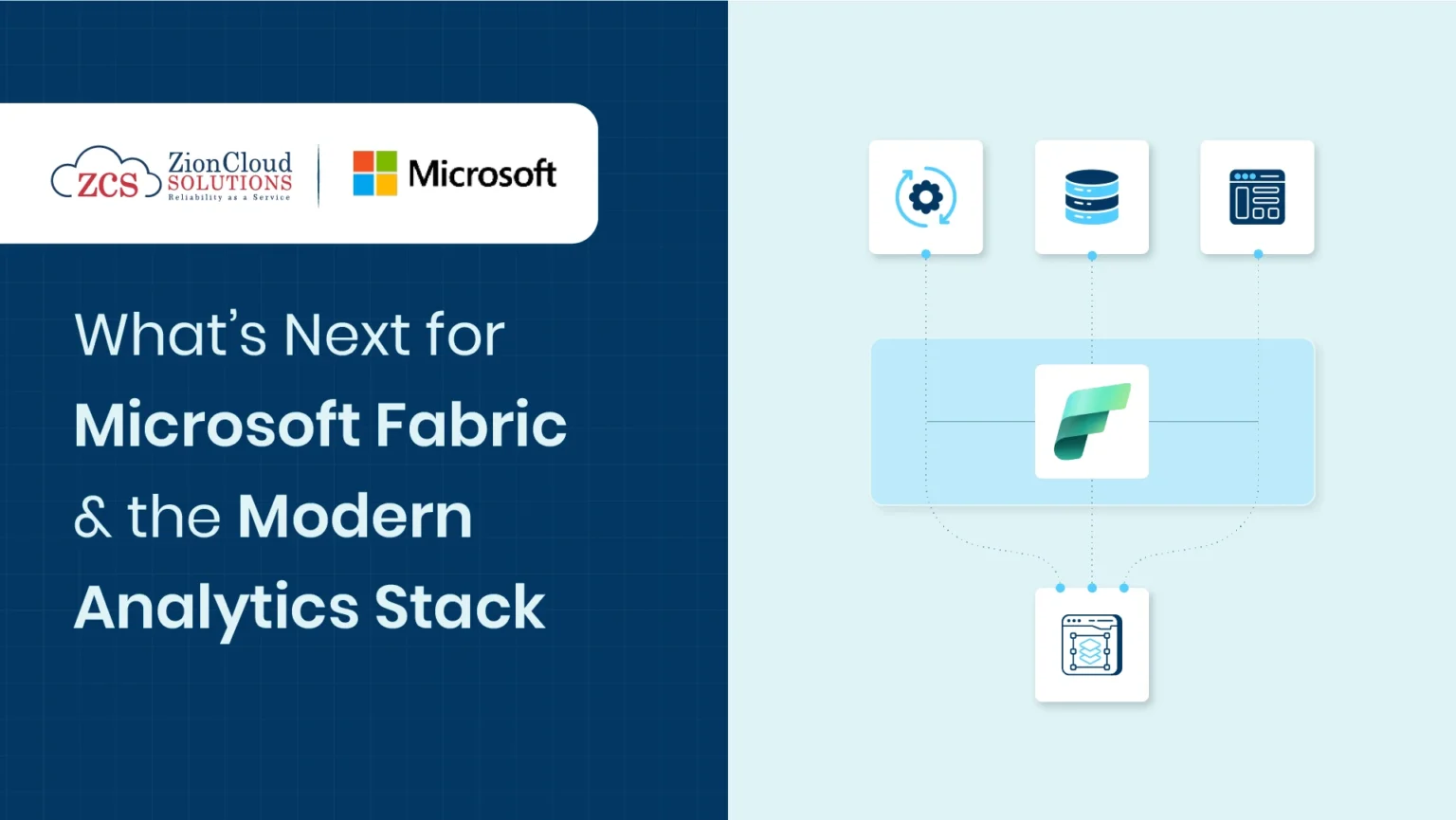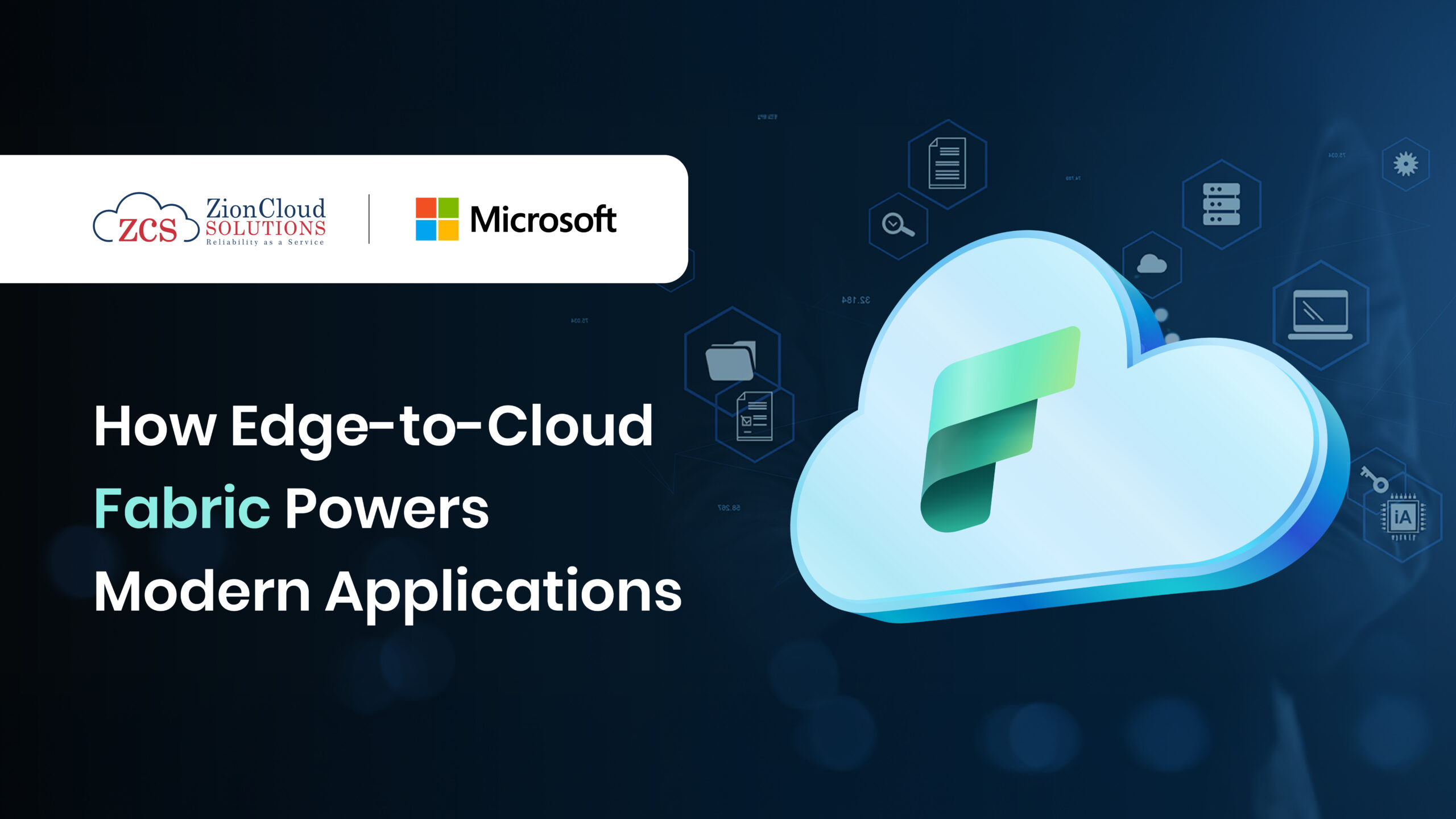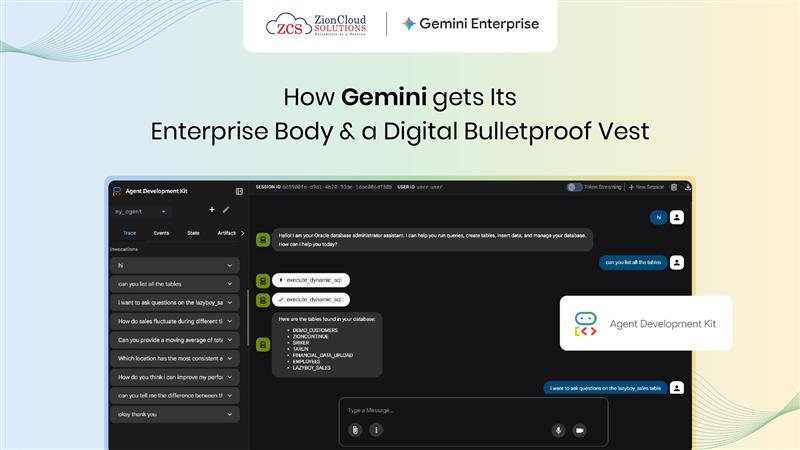What’s Next for Microsoft Fabric and the Modern Analytics Stack
Nov 12, 2025 15:53 PM
Businesses today are drowning in data, yet insights often arrive too late to influence decisions. The modern analytics stack, once a collection of disconnected tools, is evolving fast, and Microsoft Fabric is at the forefront of this transformation. It’s not just another platform it’s a reimagining of how organizations think about, process, and leverage data.
With Microsoft Fabric, every component of the data lifecycle from ingestion to visualization comes together in one unified experience. It breaks down traditional silos, enabling teams to collaborate seamlessly and act on insights in real time.
By integrating powerful tools for data engineering, science, and business intelligence, Fabric empowers organizations to transform complexity into clarity. This holistic approach doesn’t just accelerate decision-making; it reshapes it, ensuring that data is no longer a delayed afterthought but a living, strategic asset.
In a world where agility defines success, Microsoft Fabric turns information into immediate, intelligent action.
What Makes Microsoft Fabric Different?
Microsoft Fabric isn’t defined merely by its features or technology stack. What makes it truly revolutionary is how it addresses a subtle but critical problem in analytics: the fragmentation of data workflows and the cognitive load on teams trying to make sense of it. Historically, organizations had separate pipelines for data ingestion, warehousing, analytics, AI, and visualization. Each step required specialized tools, expertise, and coordination, often slowing down insights and creating room for errors.
Fabric changes this by unifying the entire workflow under a single platform. It’s not just a data lake, a warehouse, or an AI tool it’s an ecosystem where data engineers, analysts, and decision-makers can operate together seamlessly. This unification reduces the friction between experimentation and execution, allowing teams to focus on what matters: turning data into actionable insights. By embedding AI capabilities and real-time analytics natively into the platform, Fabric also removes the barriers that previously limited smaller teams from leveraging advanced analytics. In essence, it transforms data from a static asset into a living, breathing component of business strategy.
How Microsoft Fabric is Transforming Analytics
The transformation starts with the idea that analytics should no longer be reactive. Fabric enables organizations to work with data as it arrives, integrating streaming information, historical records, and AI-driven models in a single environment. This approach makes insights faster, more precise, and more actionable.
Teams can iterate on data pipelines without waiting for IT approvals, run experiments alongside production workloads, and instantly visualize outcomes in Power BI dashboards without ever leaving the platform. By collapsing traditional silos, Fabric encourages collaboration across departments, turning analytics into a shared, strategic asset rather than a specialized function hidden behind technical walls.
Moreover, the platform’s built-in governance and security features mean that teams don’t sacrifice compliance for agility. Every dataset is traceable, every model auditable, and every insight backed by a consistent source of truth, allowing businesses to confidently scale their analytics programs.
Advantages for Organizations Ready to Evolve
The advantages of adopting Microsoft Fabric extend far beyond operational efficiency. Organizations gain speed, flexibility, and a higher ceiling for innovation. Teams can experiment with AI-powered predictive models in ways that were previously complex or resource-intensive. Decision-makers get a holistic, real-time view of operations, enabling strategic moves with confidence rather than intuition.
Perhaps most importantly, Fabric allows organizations to future-proof their analytics. As AI and machine learning become increasingly central to business operations, platforms that integrate these capabilities natively will outpace those still reliant on fragmented stacks. Microsoft Fabric doesn’t just support modern analytics; it actively shapes how enterprises can compete in a world driven by data.
Conclusion
The modern analytics stack is no longer just about collecting and reporting data; it’s about orchestrating insight, intelligence, and action in real-time. Microsoft Fabric represents a leap forward in this evolution, offering a unified, intelligent platform that breaks down silos, accelerates decision-making, and embeds AI at every stage.
For organizations ready to embrace a data-first mindset, Fabric isn’t just a tool it’s a strategic enabler. The future of analytics is not scattered across multiple systems; it’s unified, collaborative, and intelligent, and Microsoft Fabric is leading the way.
Related Blogs
Explore More
How Edge-to-Cloud Fabric Powers Modern Applications
Modern applications no longer sit quietly inside a single data center or depend entirely on the cloud. They live across…

OneLake Intelligence: The New Operating System for Enterprise Data
Every organization today is drowning in storage accounts, warehouses, lakes, pipelines, and layers of integration work that nobody fully controls…

How Gemini Gets Its Enterprise Body and a Digital Bulletproof Vest
Stop the presses. We need to talk about the AI workflow you’re building right now. If you’re like most of…

